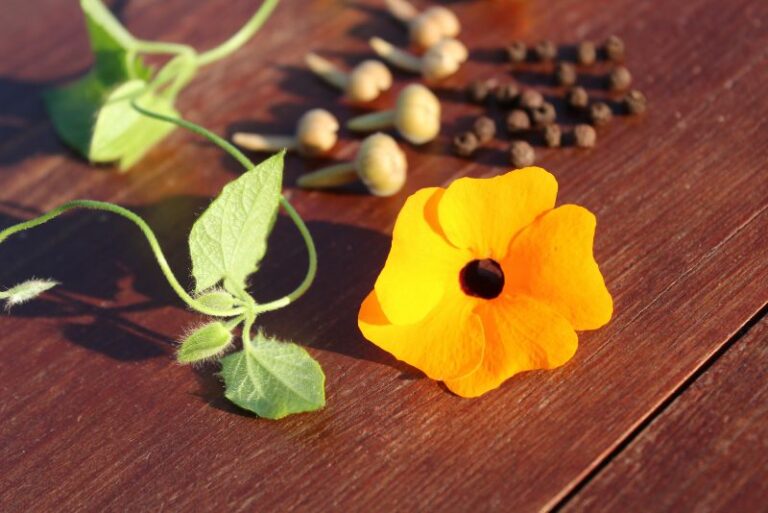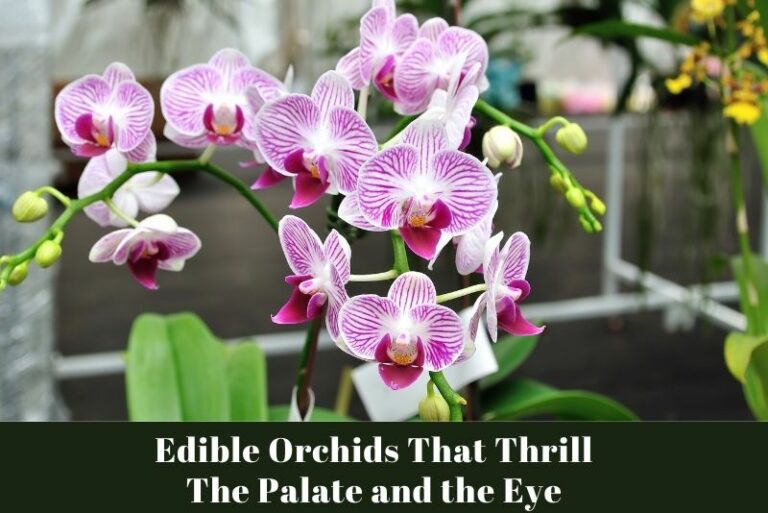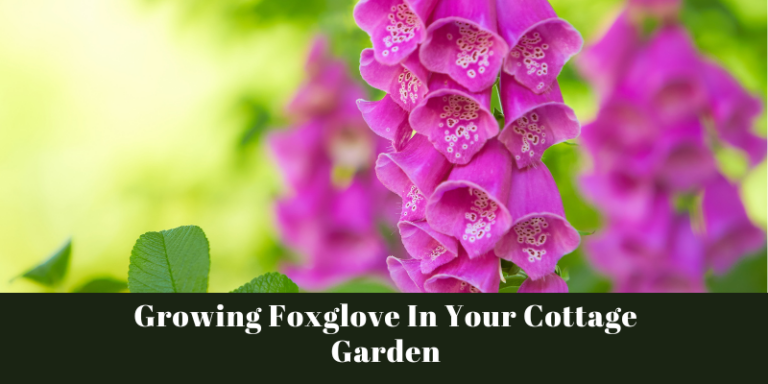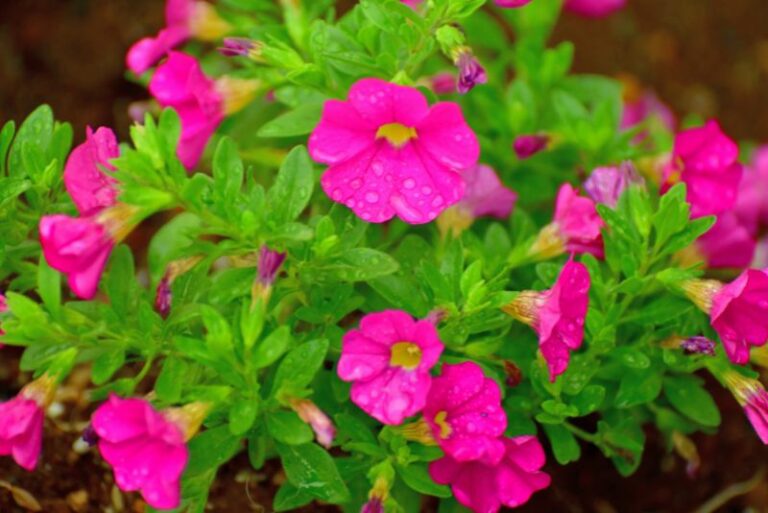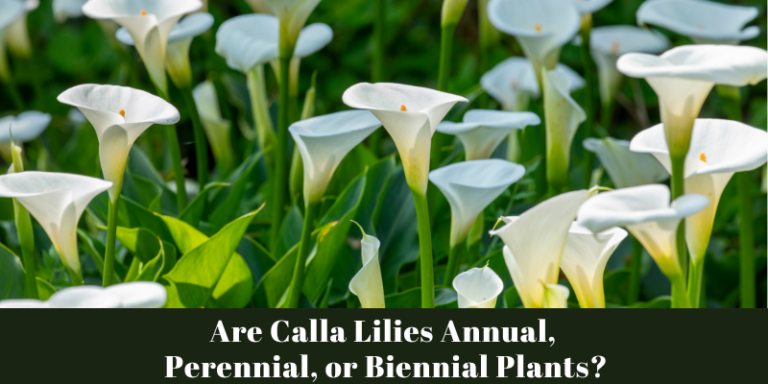Three Tips for Growing Astrantias
Astrantias, often referred to as masterworts, are a gardener’s delight, known for their graceful and long-lasting starry flower heads that seemingly float above their lacy, palmate leaves. These perennials offer a charming, cottage-garden appeal and are favored for their low maintenance and ability to thrive in most temperate climates. Bringing these delicate yet resilient plants to their fullest potential requires a keen understanding of their needs and a touch of gardener’s know-how. Whether you’re a seasoned horticulturist or a novice with a fresh green thumb, here are three essential tips to help your astrantias flourish in your garden oasis.
Tip 1: Proper Planting Conditions
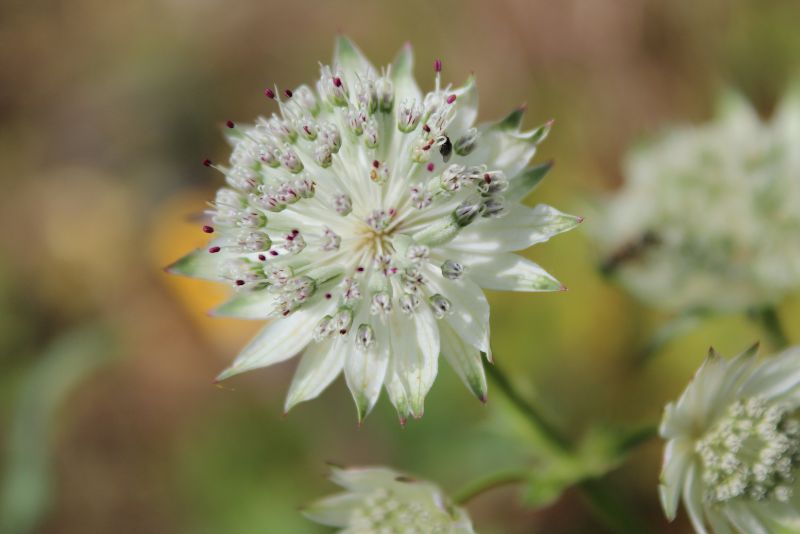
Astrantias are not particularly demanding, but getting their initial planting conditions right is crucial for establishing a strong foundation for growth. Here’s a detailed look at what you need to know:
Soil Requirements
These plants prefer well-draining soil with a rich organic content, a combination that ensures their roots stay healthy and that nutrients are available to support their growth. Avoid excessive waterlogging, which can lead to root rot—precisely the kind of ailment that can shorten the lifespan of your cherished astrantia patch.
Sunlight Exposure
Astrantias do their best work in dappled shade to full shade. While they can tolerate some morning sun, especially in cooler climates, too much direct sunlight can scorch their delicate leaves and flowers. Plant them in a location with gentle, filtered light for the healthiest and most vibrant displays.
Watering Needs
Consistent moisture is key, but like with most plants, overwatering can be as detrimental as underwatering. The best practice is to water deeply when the soil starts to dry out—approximately once a week—ensuring that the roots have adequate hydration without standing in soggy ground.
Tip 2: Maintenance and Care

Astrantias are generally low-maintenance, but a little care and attention will go a long way in keeping them at their best throughout the growing season.
Pruning Techniques
Pruning astrantias is more about deadheading for aesthetic purposes and encouraging possible reblooming than it is about controlling their size. Remove spent flower heads as they appear to encourage the plant to put its energy into producing more flowers. Cut back any untidy growth in early spring to allow fresh growth to come through.
Fertilization Schedule
Feed your astrantias once a year in early spring with an all-purpose, balanced fertilizer. This feeding, like with most perennials, will give them the necessary nutrients to start their seasonal growth. If you notice that the plant isn’t thriving, a second feeding in mid-summer can give it a needed boost.
Pest and Disease Management
Watch out for slugs and snails, which can be attracted to the moist conditions astrantias favor. Regular checks and the use of natural deterrents will help keep these creatures at bay. Regarding diseases, good air circulation and avoiding overhead watering can help prevent issues like powdery mildew. If problems do arise, early intervention with organic treatments is the best approach.
Tip 3: Maximizing Growth and Bloom
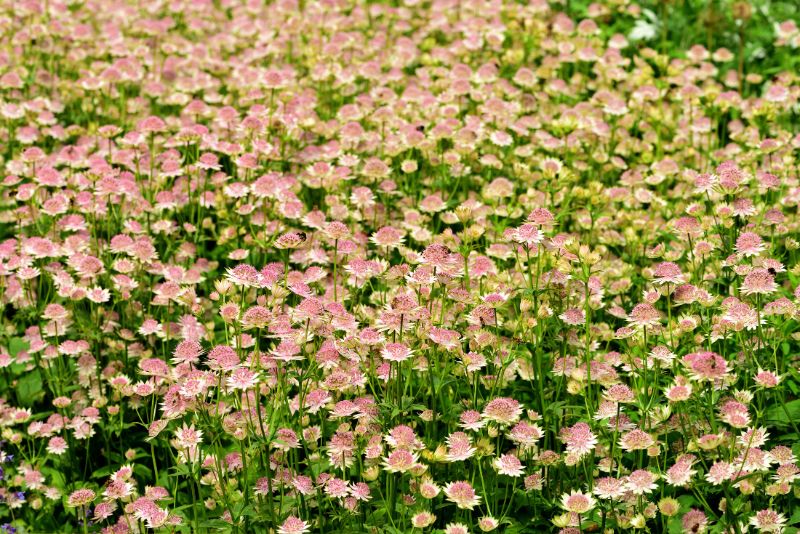
To truly enjoy the beauty of astrantias, it’s important to foster their growth and encourage prolific flowering.
Propagation Methods
Astrantias are relatively easy to propagate. You can divide mature plants in early spring and replant the divisions in a suitable location with a fresh mix of soil and compost. Be sure that each division has several growth points and a healthy root system.
Seasonal Considerations
Astrantias are deciduous and benefit from a winter mulch to protect the roots from severe cold temperatures. Apply mulch around the base of the plant in late fall, and remove it in early spring as growth begins. During the growing season, extra care during especially hot or dry spells will help maintain their vigor.
Enhancing Flower Production
Healthy astrantias will reward you with successive waves of blooms throughout their flowering season, typically from mid to late summer. To maximize this, keep the soil lightly moist during dry spells and ensure they’re not competing with larger, more aggressive plants for nutrients. You can also encourage better flowering by slightly disturbing the soil around the plants to promote root growth and division every few years.
conclusion
Astrantias are lovely additions to any garden, offering a delicate beauty and a magical presence. By following these three tips, you can be sure to foster a thriving population of these enchanting flowers. Remember, gardening is as much an art as it is a science—so take note of your own experiences, adapt along the way, and enjoy the process of nurturing these living jewels in your garden.
As a bonus, here’s a personal anecdote that underlines the rewarding nature of growing astrantias:
“One summer, I experimented with different soil conditions for my astrantias, noticing a significant difference in their vigor and bloom. The addition of well-aged compost and a slightly acidic pH made an astounding change, with the plants seemingly thriving on the newfound nutrients. It was a lesson learned through hands-on experience that I now apply to all my care routines for these wonderful perennials.”
In the green tapestry of your garden, astrantias can add unique texture and color with their starry blooms and deep green foliage. They may require a little more attention at the outset, but the natural grace they offer to your garden is well worth the effort. Happy gardening!

